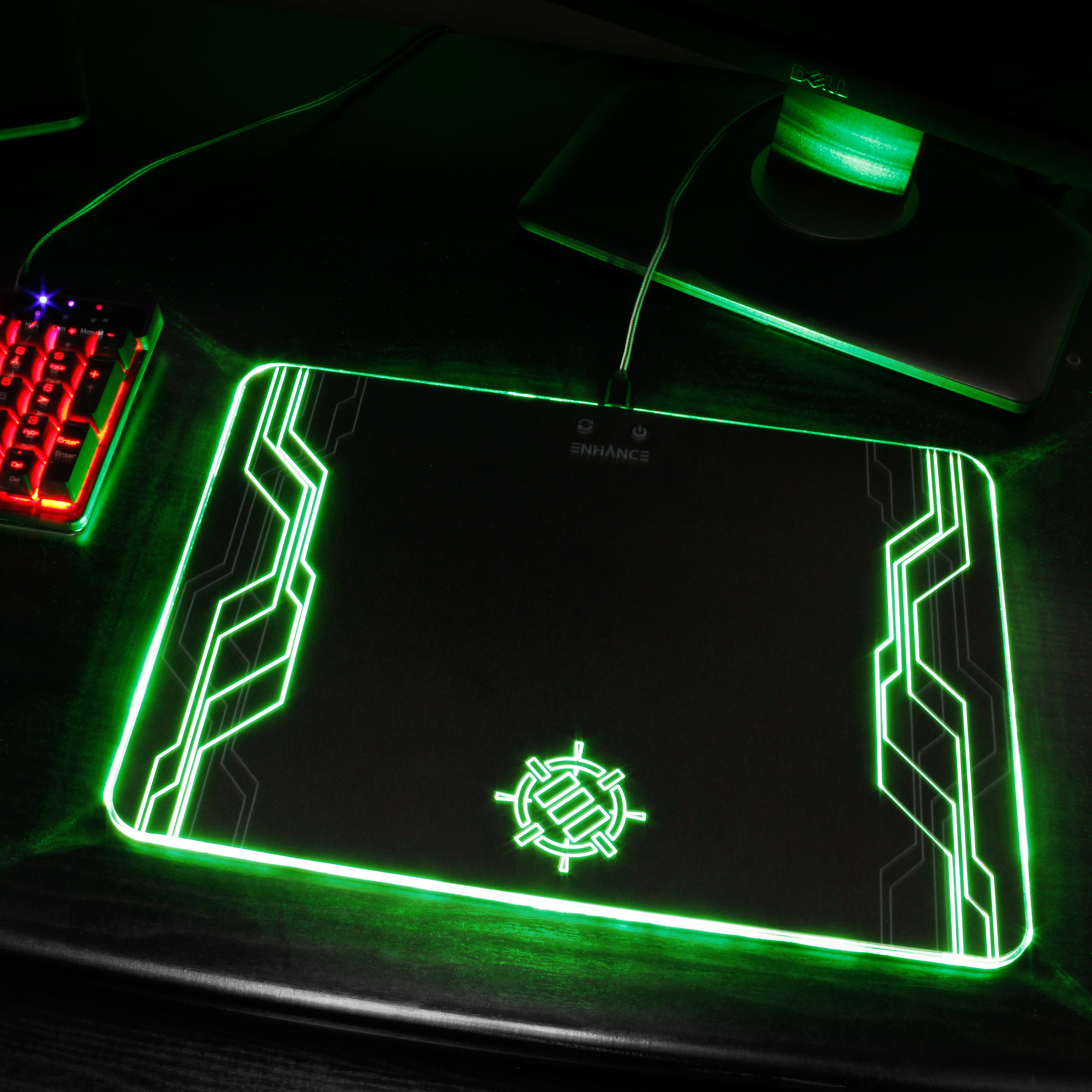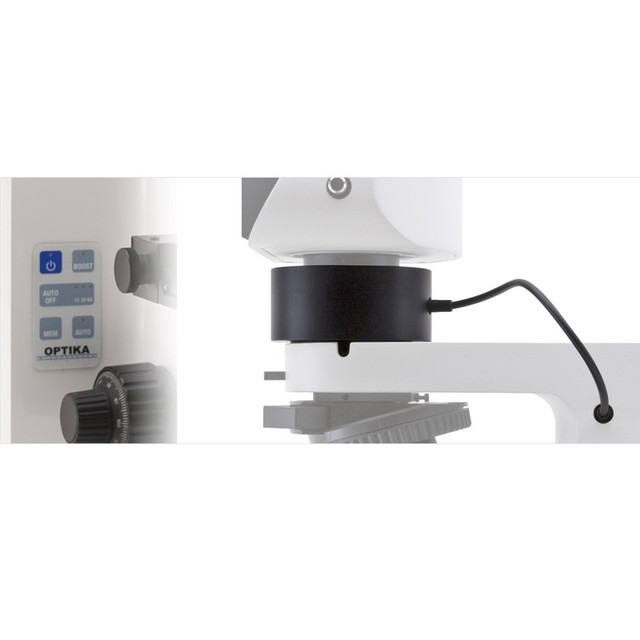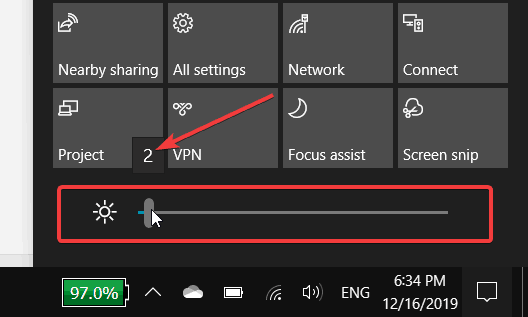

- SURFACE BRIGHTNESS CONTROL 1080P
- SURFACE BRIGHTNESS CONTROL UPGRADE
- SURFACE BRIGHTNESS CONTROL PC
- SURFACE BRIGHTNESS CONTROL WINDOWS
The Surface Studio 2+ will retail for $4,300, which is a lot for what is essentially a work-from-home all-in-one desktop PC, but Microsoft seems to think that the ease of use, level of power, and design aesthetic are enough to warrant the asking price.

It also comes with just a one-year limited warranty. There are no configuration options available and all Surface Studio 2+ units will ship with the Intel Core H-35 i7 processor, 32GB of RAM, 1TB of onboard storage space, and the NVIDIA 3060 laptop GPU. While the company does briefly mention 3D rendering, which is made possible thanks to the NVIDIA 3060 GPU, it focuses on the multitasking and video calling capabilities and, outside of CAD work, none of the marketing materials show the creative applications like photo or video editing that were present for previous Surface Studio iterations - that imagery was reserved for the company’s new Surface laptops. That note about the Surface Studio 2+’s target audience is based on how Microsoft is positioning it. The laptop-grade hardware makes sense if the size of the chassis is considered, though the older 11th Gen Intel chip won’t bring the significant power upgrades seen in Intel’s 12th gen chips that came out this past year (though it does very likely run much cooler). While it is a desktop computer, Microsoft opted to outfit the Surface Studio 2+ with laptop-level hardware, which means it is driven by an 11th generation Intel Core H-35 processor and an NVIDIA RTX 3060 laptop GPU that features 6GB of GDDR6 GPU memory. It also comes with a plethora of port options including three USB-C ports with support for Thunderbolt 4 (which can add up to three 4K UHD 60Hz monitors to the base unit), two USB-A 3.1 ports, a 3.5mm headphone jack, and a gigabit Ethernet port.
SURFACE BRIGHTNESS CONTROL 1080P
The Surface Studio 2+ features both Bluetooth 5.1 and Wi-Fi 6 as well as a 1080p full-HD front-facing webcam, dual far-field microphones, and stereo 2.1 speakers that support Dolby Atmos sound. If you have the Surface Pro 3 we have a very quick tip for you to adjust the brightness. That screen supports a billion colors (likely through FRC), is described as a DCI-P3 display that has both an sRGB and Vivid profile (but no specific gamut coverage is listed) and has a contrast ration of 1,200:1 (no peak brightness is listed). It features the same 4,500 by 3,000 resolution 28-inch PixelSense (Microsoft’s name for its touch technology) display and keeps the Zero Gravity Hinge system that were roundly praised in the first iteration of the product. This 2018 follow-up and doesn’t change the parts of that were popular while upgrading hardware under the hood. It features many of the same core features but brings in a new CPU and GPU that should make it reasonably powerful, especially for the target audience which doesn’t appear to be creative professionals.
SURFACE BRIGHTNESS CONTROL UPGRADE

In this new window, find and click on the link for 'Change advanced power settings'. In the window that pops up, click on Change Plan Settings next to the selected power plan.
SURFACE BRIGHTNESS CONTROL WINDOWS
If you are using the traditional Windows desktop: In the related settings section, click the link for Additional Power Settings. Slide the toggle to the Off position to disable adaptive brightness.
SURFACE BRIGHTNESS CONTROL PC
On the PC Settings screen, touch PC and Devices.First, we defined two lists that contain actual and predicted values. Swipe from the right and touch Settings. Explanation - We calculated the difference between predicted and actual values in the above program using numpy.subtract() function.If you are using the Windows Modern User Interface (MUI): 2.1 Magnitude - Mean Surface Brightness Relation Mean surface brightness of dwarf. Touch or click the slider to toggle the option on or off. galaxies in the control field SA57 from those in Comal statistically.You can manually adjust the brightness using the slider bar under Change brightness for the built-in display, after making any desired changes, close the System window. Note: Some notebooks do not support this feature, and the option is not available.


 0 kommentar(er)
0 kommentar(er)
